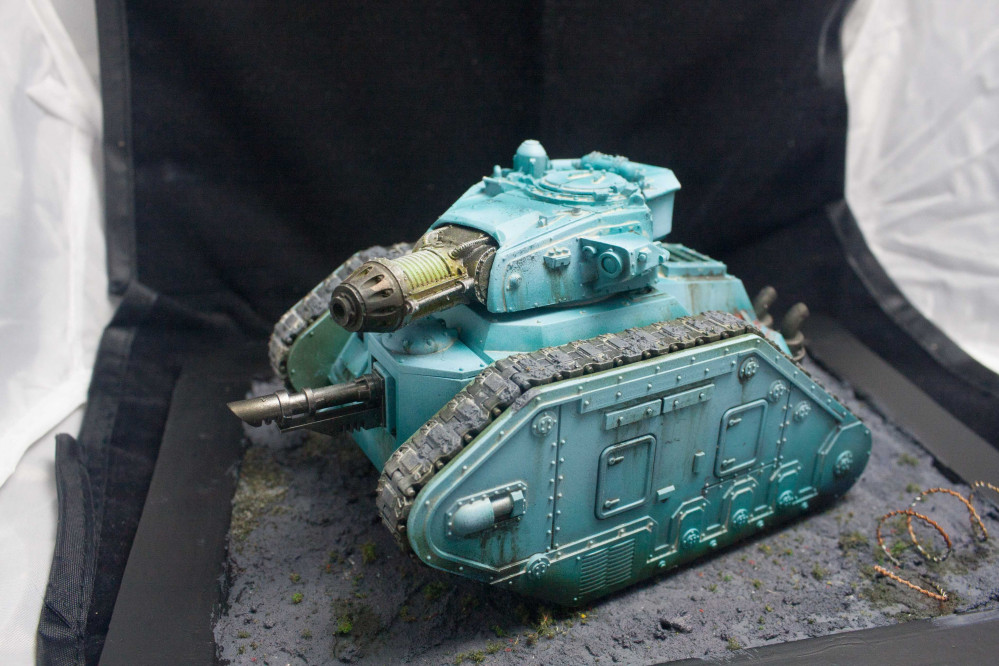
Adventures in Airbrushing
Clay wash. I use it and so should you!
At the end of the last entry I mentioned that I have one more step, and that is a clay wash. I don;t do this on every model, but Mantic’s Warpath universe is a grungy, grimy place, and everything in it reflects that. So, to make the hornet look like ts got years of caked on grime and wear, instead of hours with oils and pigments, a clay wash does it in a few minutes.
You only need 4 things, a wash, a brush and some paper towels and cotton buds.
I use Flory Model stuff, found here, but there are several manufacturers, another good one is UMP, who also sell re-branded stynylrez primers as well.
Now, for those new to the idea of clay washes, this is not a paint, it has nothing in common with the army painter or GW washes you are used to. What clay wash is, is simply clay dissolved in water and a few flow enhancing products. It’s main use is in scale modelling, where its used to show off panel lines and other details on models after painting. I use it to make models look dirty, so lets start with the model as it was before the wash.
It’s simple to do, just take your wash, dunk your soft brush in it, and plaster it on every bit of the model!
Really. Just make sure everything is covered. There is nothing else.
Yes, it looks a mess. For once on hobby time, that is a good thing!
Then you just leave it to dry. An hour, 90 minutes or so, and its all dry and ready to go. And that is when you get your paper towel and rub it all off again. But this is where the magic of a clay wash comes in. You see, its water based, so if you rub it with dry paper towel, you take a little off and leave a lot of it behind in the paint for a really grubby look.
However, use damp towel, and you take more off, wet the towel and you can remove it all. You can try anything with clay wash, use towels and cotton buds to remove it, streak it along the model, push it into the areas you want to show dirt. And if you don’t like it, you can take it all off and start again if you wish, until you put a coat of varnish over the top, its not permanent.
Here I sued dry paper towel so that I left a lot behind, it gets into panel lines and leaves a stained, grubby appearance all over the model.
I used a grimy grey/brown colour here, but you can get clay wash in a range of colours, including sand, rust, even white for snow camo on WW2 vehicles. Its easy to do, very quick, and gives a great effect at the end.
That’s clay washes.
Very versatile, very simple, and a great way to get models to the table fast.































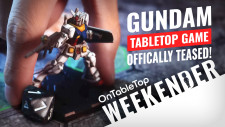
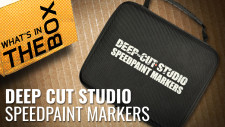
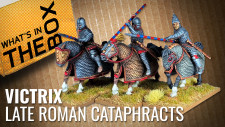

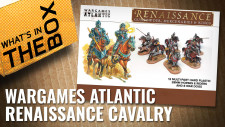
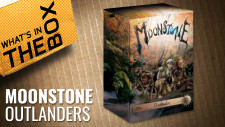




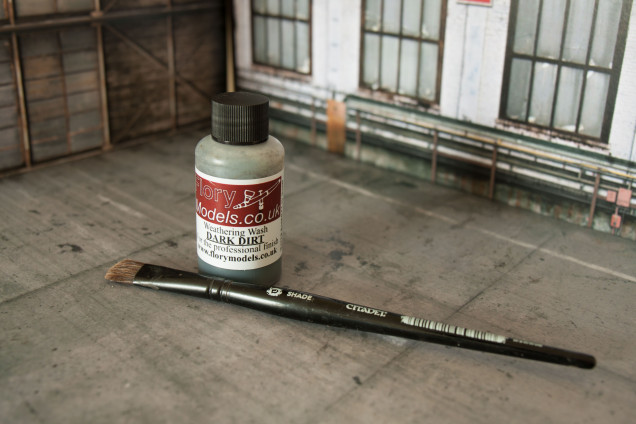
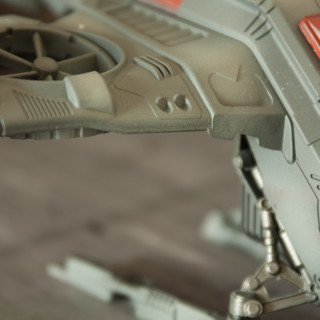
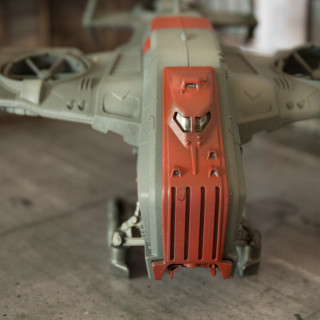

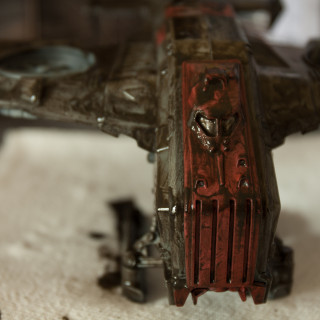
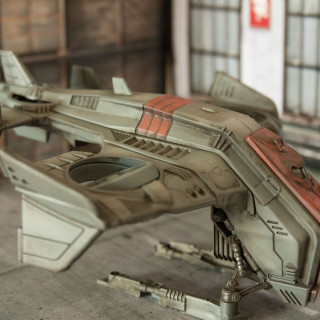
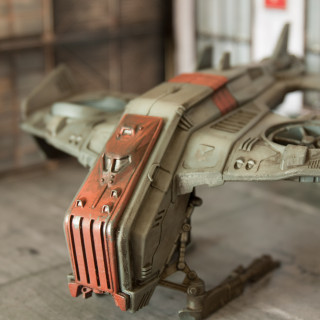

















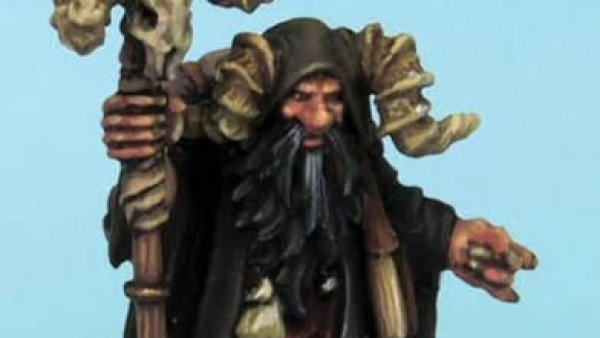
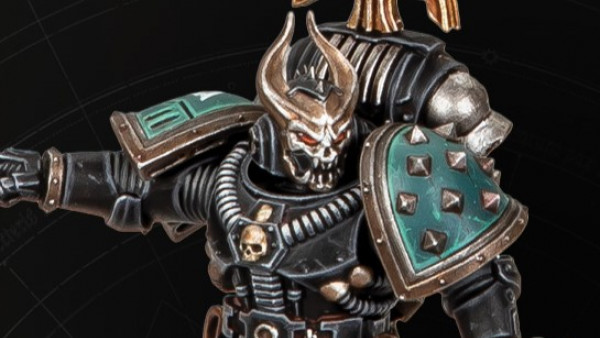
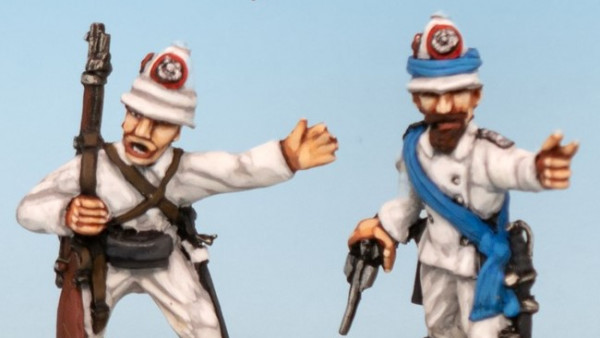
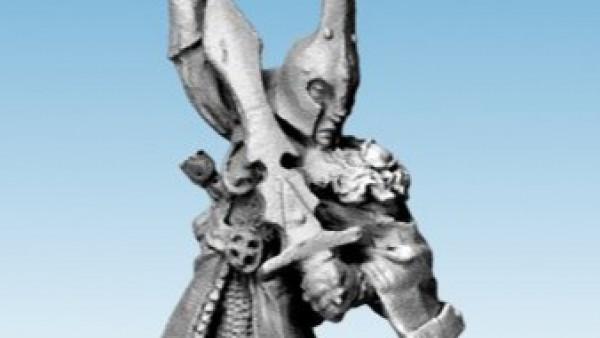
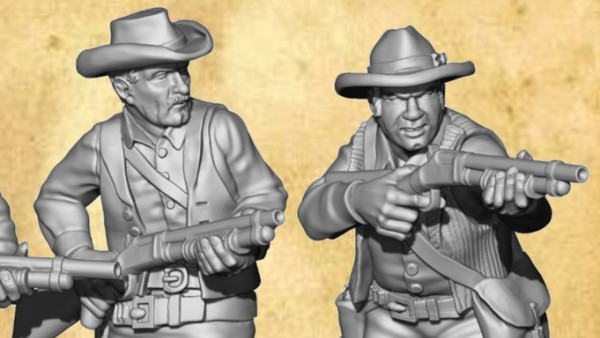

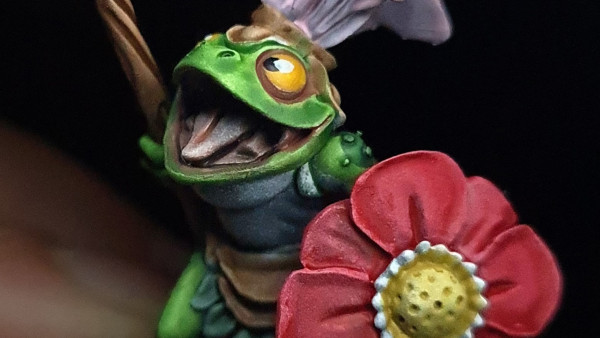
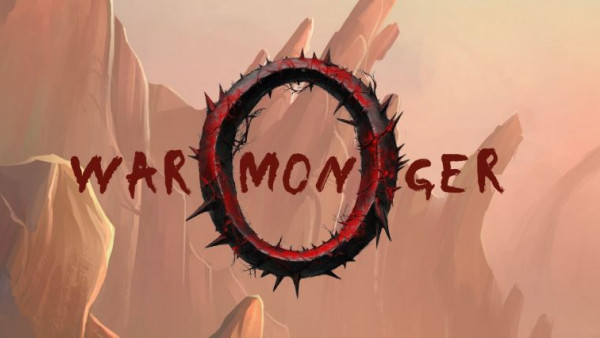
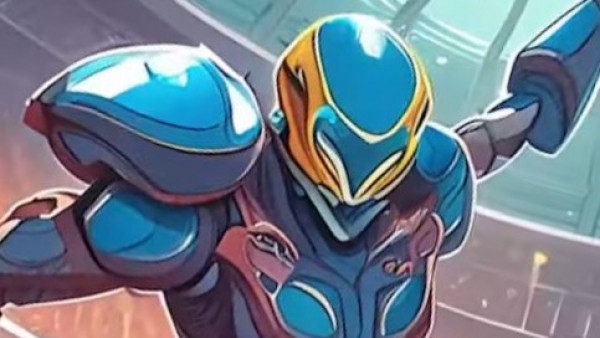

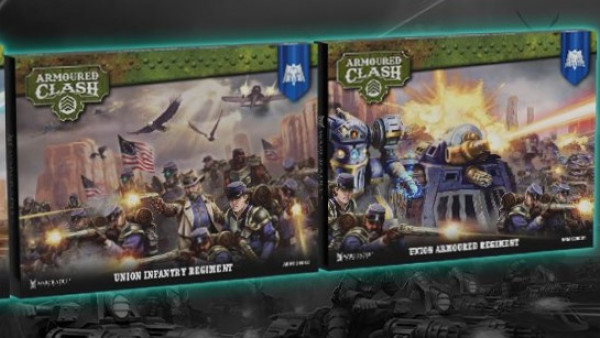
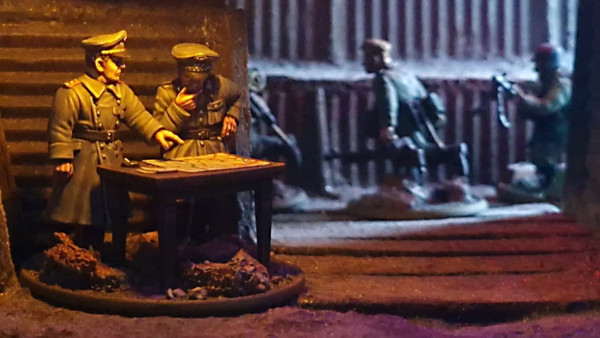
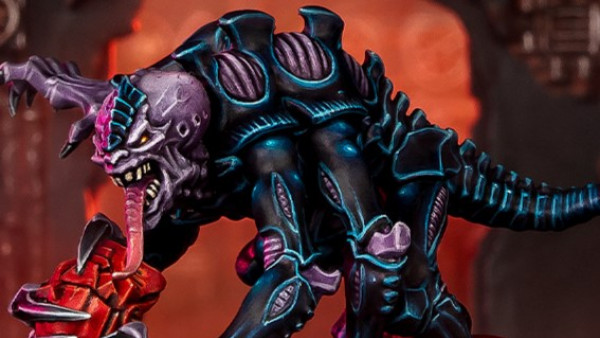
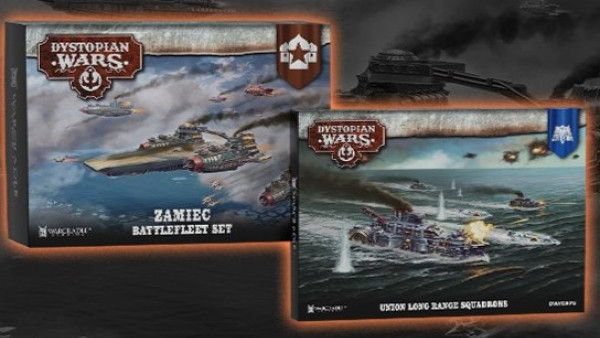
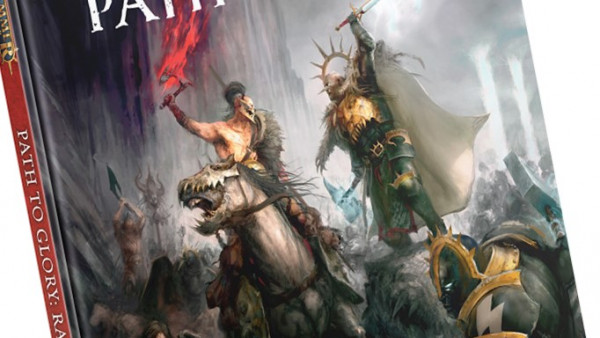


Leave a Reply